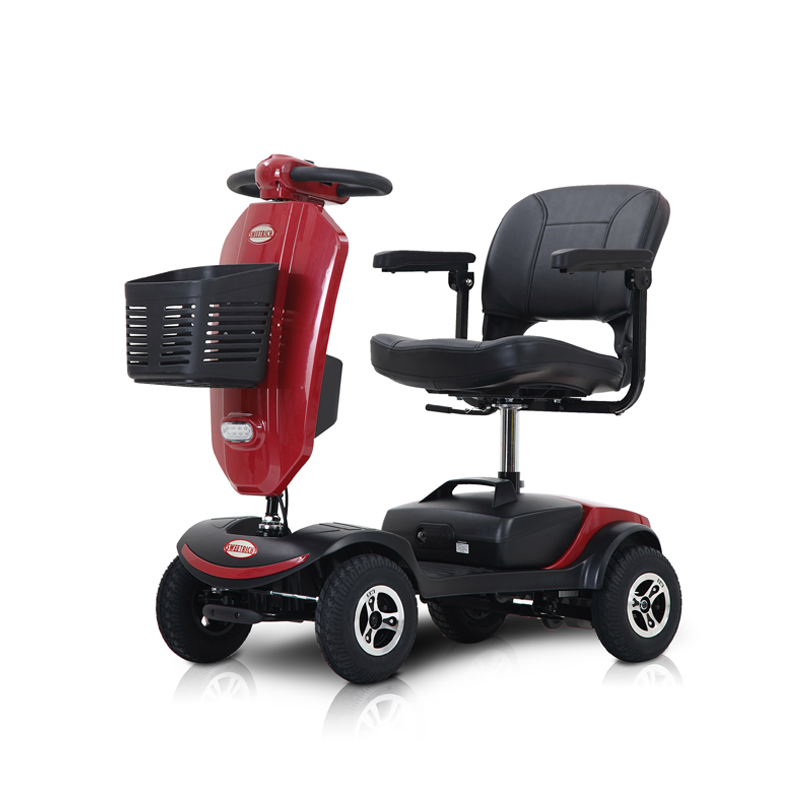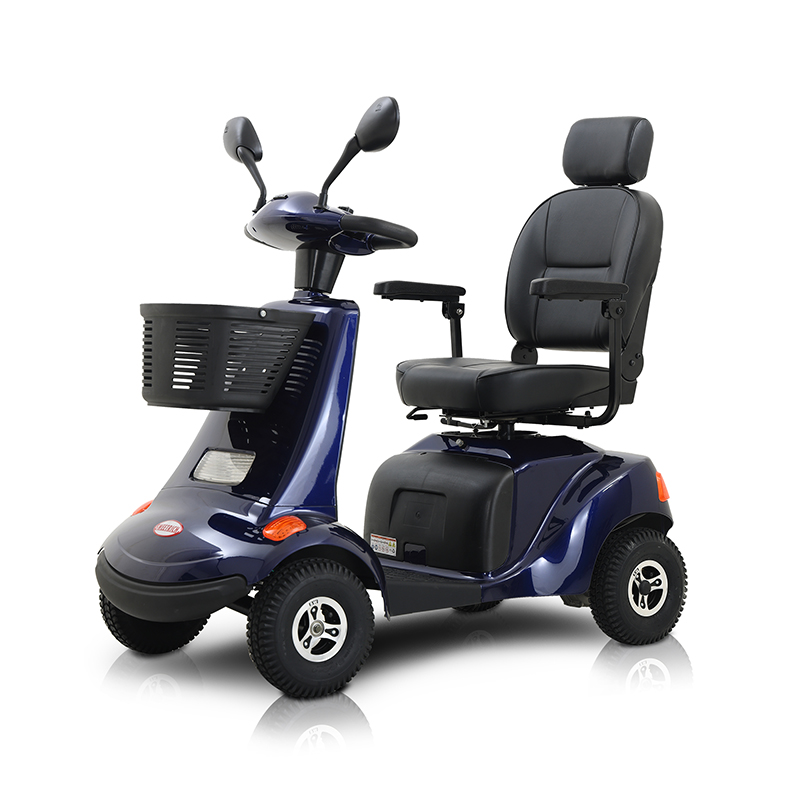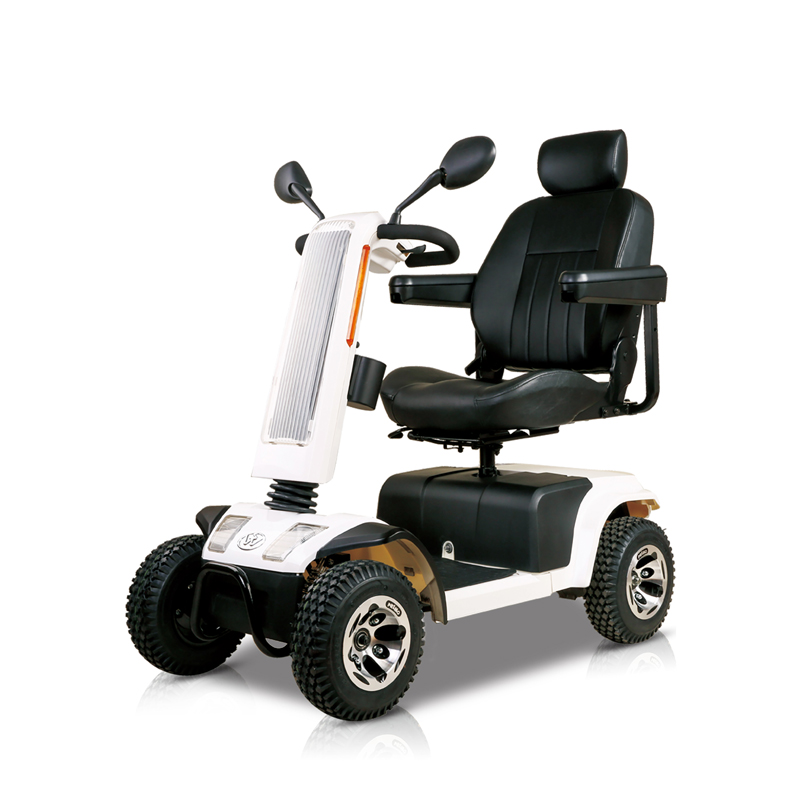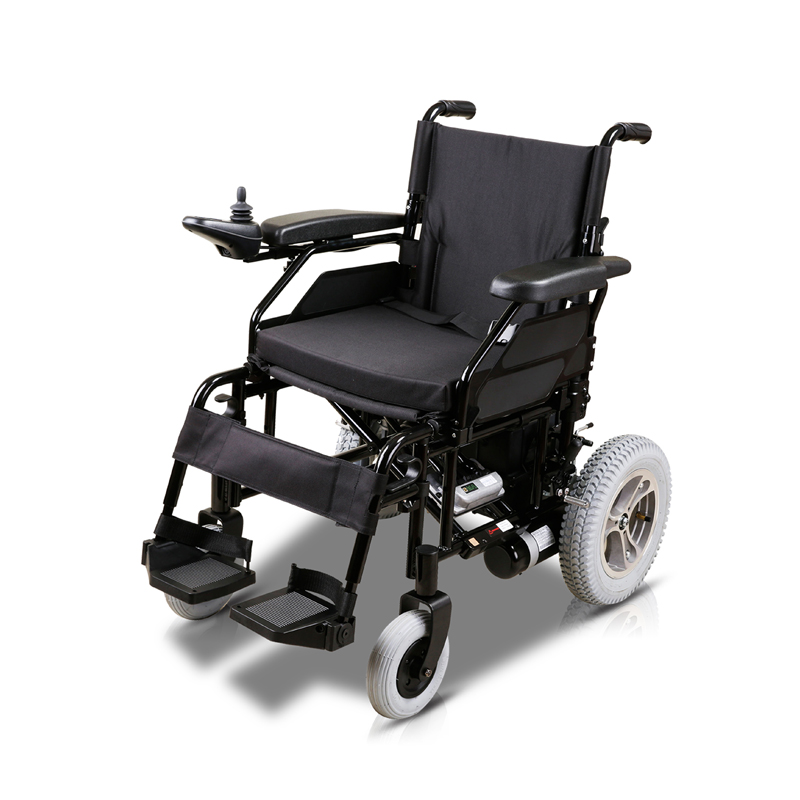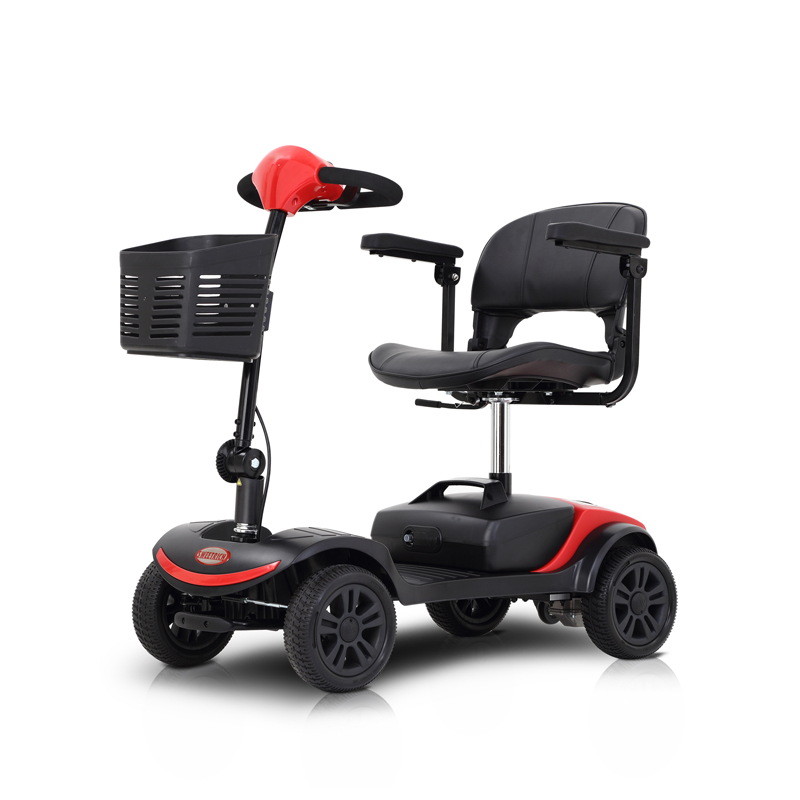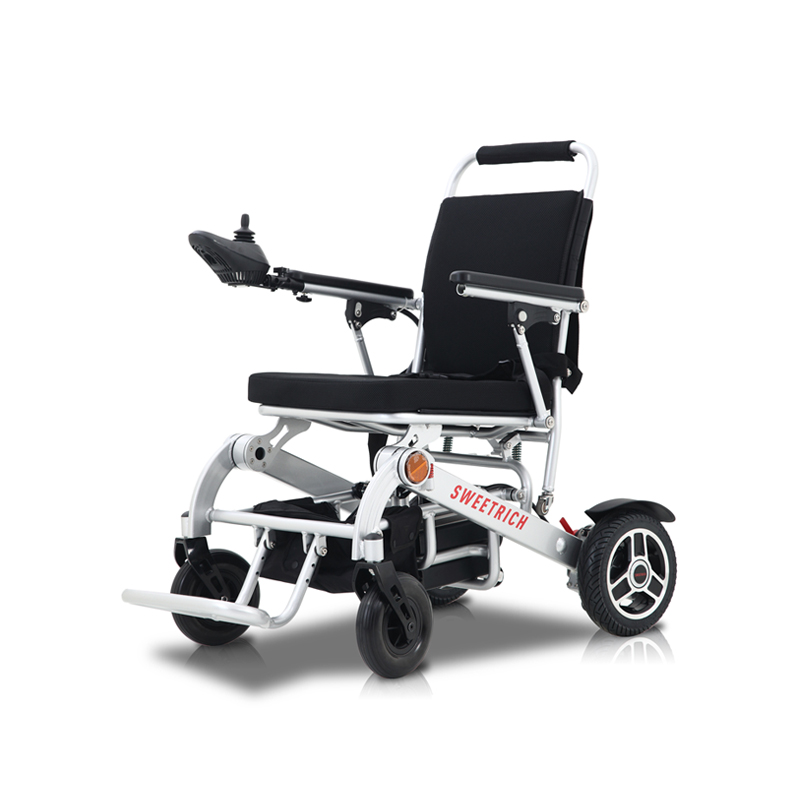Electric wheelchairs vary in their maneuverability, but many modern electric wheelchairs are designed to be highly maneuverable in tight spaces. Here are some factors that can affect the maneuverability of electric wheelchairs in tight spaces:
Wheel Configuration: The configuration of the wheels plays a significant role in maneuverability. Most electric wheelchairs have either a rear-wheel drive, front-wheel drive, or mid-wheel drive setup. Mid-wheel drive wheelchairs are often considered the most maneuverable in tight spaces because they have a small turning radius and the drive wheels are located directly beneath the user's center of gravity.
Turning Radius: The turning radius of an electric wheelchair is the minimum space required for the chair to make a complete 180-degree turn. Smaller turning radii generally indicate better maneuverability in tight spaces. Many electric wheelchairs have adjustable settings to change the turning radius, allowing users to adapt to different environments.
Size and Dimensions: The overall size and dimensions of the wheelchair can affect its maneuverability. Smaller wheelchairs with a compact frame are often better suited for navigating tight spaces like narrow hallways and doorways.
Joystick Control: The control system, such as a joystick, can also impact maneuverability. A responsive and precise control system can make it easier to navigate in tight spaces.
Obstacle Handling: Some electric wheelchairs are equipped with features like anti-tip wheels, suspension systems, and obstacle detection sensors that can enhance their ability to maneuver around obstacles and rough terrain.
Tire Type: The type of tires on the wheelchair can influence its maneuverability. Some wheelchairs have solid tires, while others have pneumatic (air-filled) tires. Pneumatic tires may provide a smoother ride and better traction, but they can be prone to punctures.
User Skill: The skill and experience of the wheelchair user also play a role in maneuverability. With practice, users can become more adept at navigating tight spaces.
Modern electric wheelchairs are designed with maneuverability in mind, and many are capable of navigating through tight spaces with relative ease. However, the specific maneuverability of a particular wheelchair may vary, so it's essential for users to consider their specific needs and test different models to find one that suits their requirements. Additionally, regular maintenance and proper care of the wheelchair can help ensure that it maintains its maneuverability over time.

